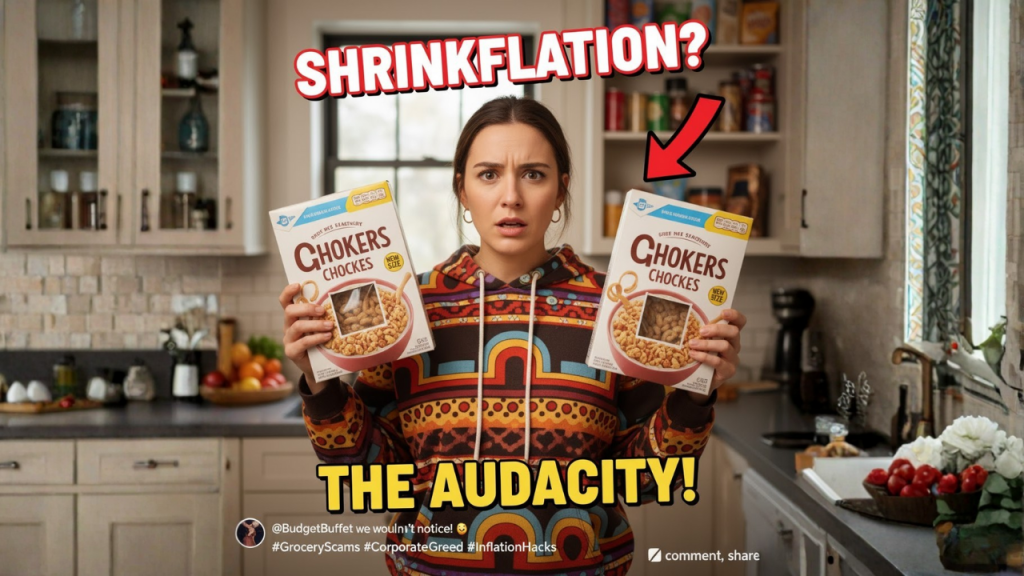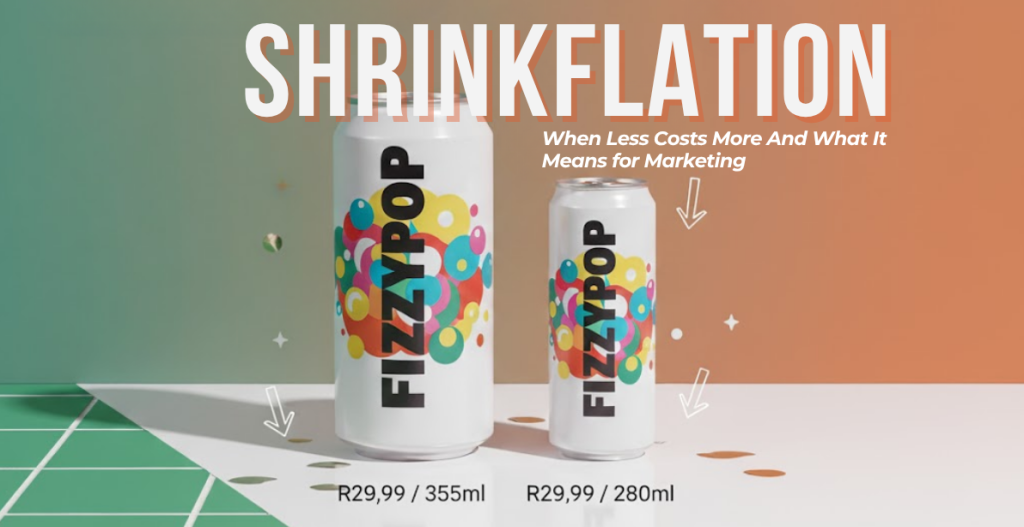In today’s economy, consumers are feeling a quiet frustration that goes beyond rising prices. It’s not just that things cost more, it’s that they feel smaller. This phenomenon, known as shrinkflation, is the subtle art of reducing product size, quantity, or quality while keeping prices the same.
From snack packets that mysteriously contain fewer chips to cosmetics with less product in the same-sized tube, shrinkflation has become a global talking point. But beyond economics, it’s becoming a cultural and marketing challenge, and even a storytelling opportunity for brands and influencers.
What Shrinkflation Really Means
Shrinkflation is not new, but it’s now impossible to ignore. As inflation pressures businesses, brands quietly trim their offerings to protect margins without overtly raising prices. However, consumers, especially digital natives, are more observant than ever. Online communities have turned into watchdogs, comparing old and new packaging, exposing downsized products, and fuelling debates around value and transparency. What was once a hidden cost-cutting strategy has become a conversation about trust.
The Consumer Backlash

Today’s consumers don’t just purchase products, they participate in brand narratives. When they feel deceived, they don’t write letters, they create TikToks. Shrinkflation has become social media content in itself, with creators dissecting brands’ tactics, holding companies accountable, and sparking viral conversations about honesty in marketing.
For brands, this signals a critical shift: the age of invisible adjustments is over. Consumers expect transparency. And if they don’t get it from you, they’ll hear it from someone with a following.
What This Means for Brands

Shrinkflation puts marketers in a tough position. On one hand, operational costs are real and on the other hand, consumer trust is fragile. The opportunity lies in honesty and creativity.
Brands that communicate openly about reformulations, sustainability trade-offs, or supply chain realities can turn a potential backlash into a moment of connection. For example, if a product is smaller due to eco-friendly packaging or ethical sourcing, say so and make it part of the story. Consumers may forgive less if they understand why.
There’s also an opportunity to reframe value. Instead of focusing solely on quantity, brands can highlight quality, purpose, or experience. These are attributes that feel emotionally larger even when the product is physically smaller.
The Role of Influencers

Influencers are playing a fascinating dual role in the shrinkflation era. On one hand, they’re acting as consumer advocates, using their platforms to call out brands that quietly cut corners. On the other hand, they’re also key to helping brands rebuild trust through authentic communication.
Creators who value transparency can help contextualise brand decisions and reframe how audiences perceive value. This requires deeper collaboration and shared storytelling between brands and creators, not just product seeding, but context sharing. When influencers understand the “why” behind a brand decision, they can help audiences see it too.
Key Takeaways
As consumers become savvier and social media becomes the stage for truth, brands and influencers must navigate the fine line between business necessity and audience perception. Because in today’s marketing world, even a smaller packet can carry a bigger message if told right.
Shrinkflation may start in the factory, but its real impact unfolds online, in comment sections, content, and cultural discourse. For brands, the path forward is clear: transparency, creativity, and empathy aren’t just good ethics; they’re smart marketing. In an era where products may be shrinking, trust is the new currency of growth.




